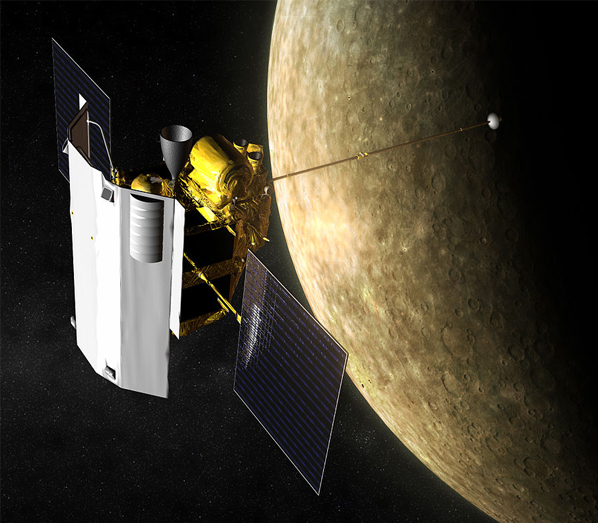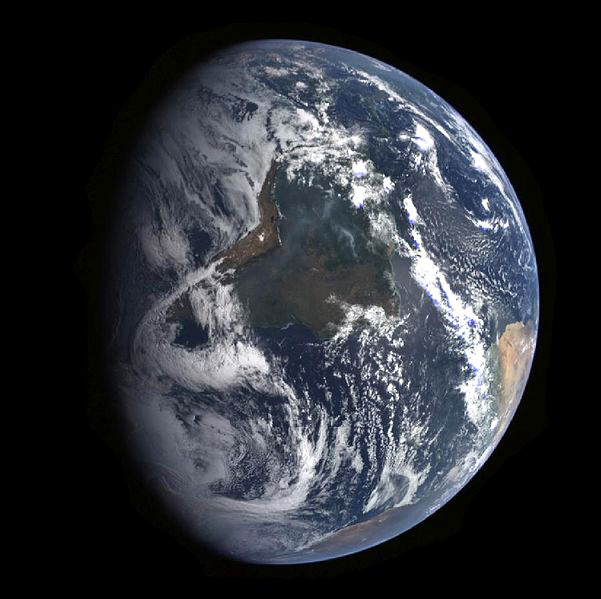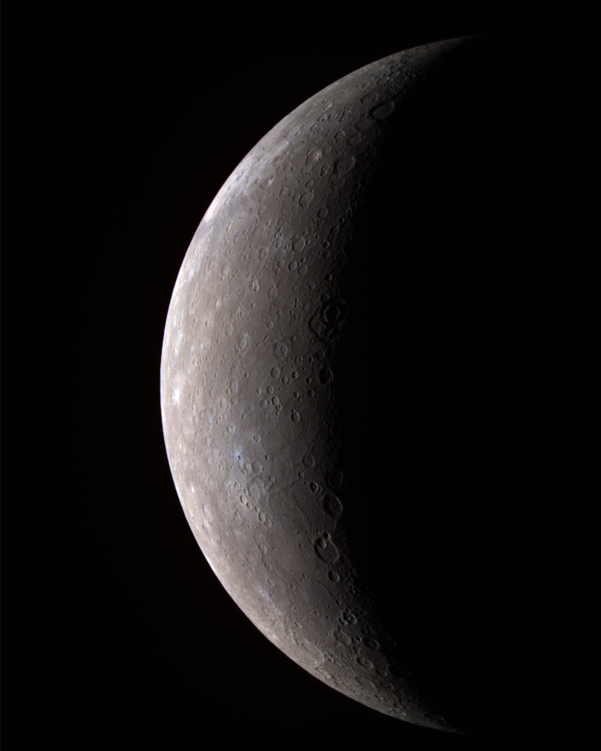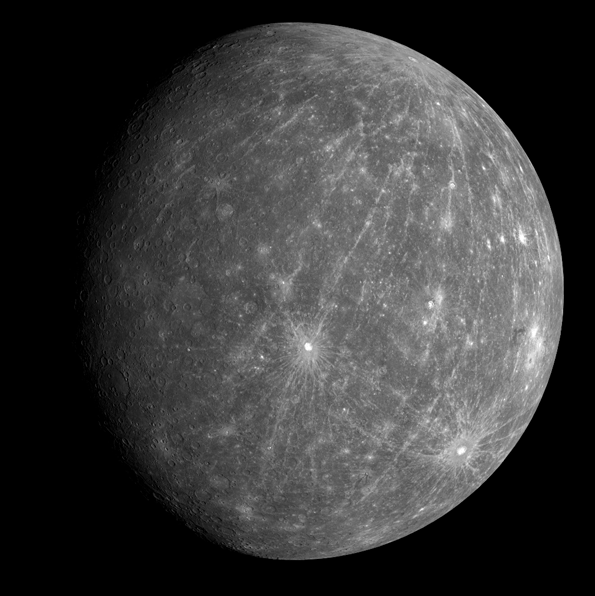Messenger Spacecraft to Mercury

NASA artist conception of Messenger in orbit about Mercury
MESSENGER was a NASA robotic spacecraft that orbited the planet Mercury between 2011 and 2015, studying Mercury's chemical composition, geology, and magnetic field. The name is derived from "MErcury Surface, Space ENvironment, GEochemistry, and Ranging".
MESSENGER was launched aboard a Delta II rocket in August 2004. Its path involved a complex series of flybys - the spacecraft flew by Earth once, Venus twice, and Mercury itself three times, allowing it to decelerate relative to Mercury using minimal fuel. During its first flyby of Mercury in January 2008, MESSENGER became the second mission, after Mariner 10 in 1975, to reach Mercury.
MESSENGER entered orbit around Mercury on March 18, 2011, becoming the first spacecraft to do so. It successfully completed its primary mission in 2012. Following two mission extensions, the spacecraft used the last of its maneuvering propellant to deorbit, impacting the surface of Mercury on April 30, 2015.
| Messenger trajectory to Mercury |
| Images from Messenger |
Solar System Illustration
Solar System Concepts
Mercury Concepts
Messenger Wiki
| HyperPhysics********** Astrophysics | R Nave |




